 |

|
|
|
|
|
 |
|
 |
|
|

|
 |
 |
| 1
Dream Works Hobby |
 |
| 2
Dream Works Hobby |
 |
| 3
Dream Works Hobby |
 |
| 4
Dream Works Hobby |
 |
| 5
Dream Works Hobby |
 |
| 6
Dream Works Hobby |
 |
| 7
Dream Works Hobby |
 |
| 8
Dream Works Hobby |
 |
| 9
Dream Works Hobby |
 |
| 10
Dream Works Hobby |
 |
| 11
Dream Works Hobby |
 |
| 12
Dream Works Hobby |
 |
| 13
Dream Works Hobby |
 |
| 14
Dream Works Hobby |
 |
| 15
Dream Works Hobby |
 |
| 16
Dream Works Hobby |
 |
| 17
Dream Works Hobby |
 |
| 18
Dream Works Hobby |
 |
| 19
Dream Works Hobby |
 |
| 20
Dream Works Hobby |
 |
| 21
Dream Works Hobby |
 |
| 22
Dream Works Hobby |
 |
| 23
Dream Works Hobby |
 |
| 24
Dream Works Hobby |
 |
| 25
Dream Works Hobby |
 |
| 26
Dream Works Hobby |
 |
| 27
Dream Works Hobby |
 |
| 28
Dream Works Hobby |
 |
| 29
Dream Works Hobby |
 |
| 30
Dream Works Hobby |
 |
| 31
Dream Works Hobby |
 |
| 32
Dream Works Hobby |
 |
| 33
Dream Works Hobby |
 |
| 34
Dream Works Hobby |
|
 |
After the Korean conflict, and with the advent of guided air-to-air missiles like the Sparrow and Sidewinder, military planners foresaw the end of dogfighting. Instead, future air engagements would be accomplished at supersonic speeds and with guided missiles. Guns and dogfighting were going to be things of the past, or at least so they thought!
At a time when the mainstay fighter for the US Navy carriers was the F-8 Crusader, Navy planners were already seeking a replacement. The F-8 could not achieve Mach 2, nor could it employ the Sparrow radar-guided missile. The Navy wanted a stable missile platform that combined speed, endurance, reliability, advanced radar capabilities, and still operate off of the deck. LTV proposed a sport model of the F-8, dubbed Crusader III, which was capable of Mach 2+ speeds and could employ the Sparrow and Sidewinder missiles. In the end, however, the winner was the McDonnell Douglas F4H-1 Phantom II.
The F4H-1 was quickly replaced by the F4H-2, incorporating a number of engineering changes that were identified while operating the F4H-1. The Air Force recognized the potential of the Phantom, placed an order of their own for the F-110 Spectre and requisitioned a number of F4H-2s for training and evaluation. After the 1963 realignment of US military aircraft designations, the F4H-2 became the F-4B, and the F-110 became the F-4C.
The Navy flew the F-4B extensively in Southeast Asia and as technology improved, the Navy ordered the F-4J to replace the F-4B. The F-4J featured an improved radar and higher thrust J79 engines. When Secretary of Defense McNamara`s mandated replacement for the Naval F-4 faltered in development (the F-111B), the Navy performed a life extension program on their fleet of Phantoms. The F-4B received avionics updates and the resulting aircraft was designated F-4N, while the F-4J was not only given upgraded avionics, it also retrofitted with a similar flap/slat system as the later block USAF F-4Es. These updated F-4J aircraft were designated as the F-4S. These upgraded Phantoms soldiered on until the F-111B replacement, the F-14A Tomcat, could enter the fleet in sufficient numbers.
| |
 |
 |
 |
 |
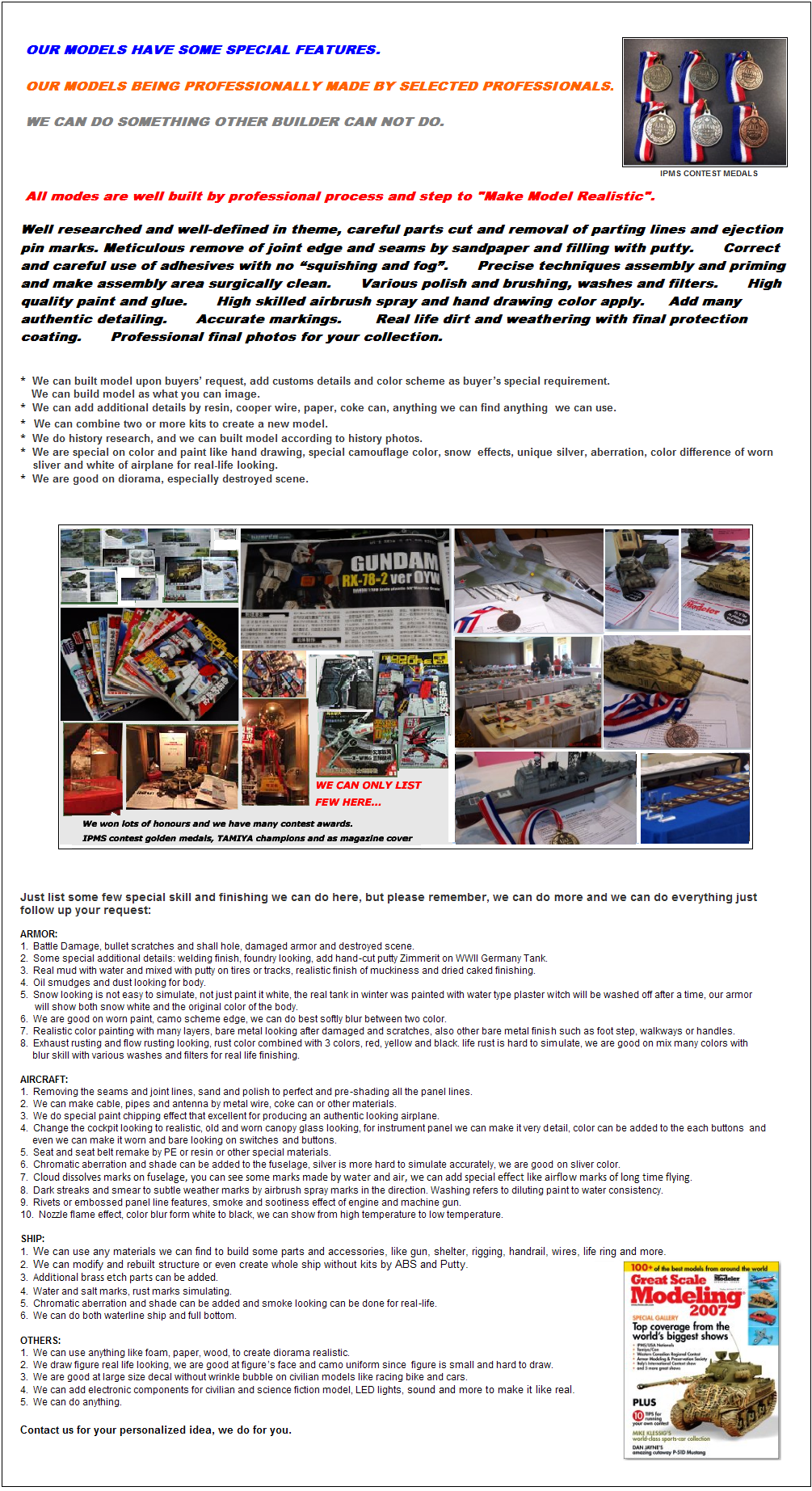
|
 |
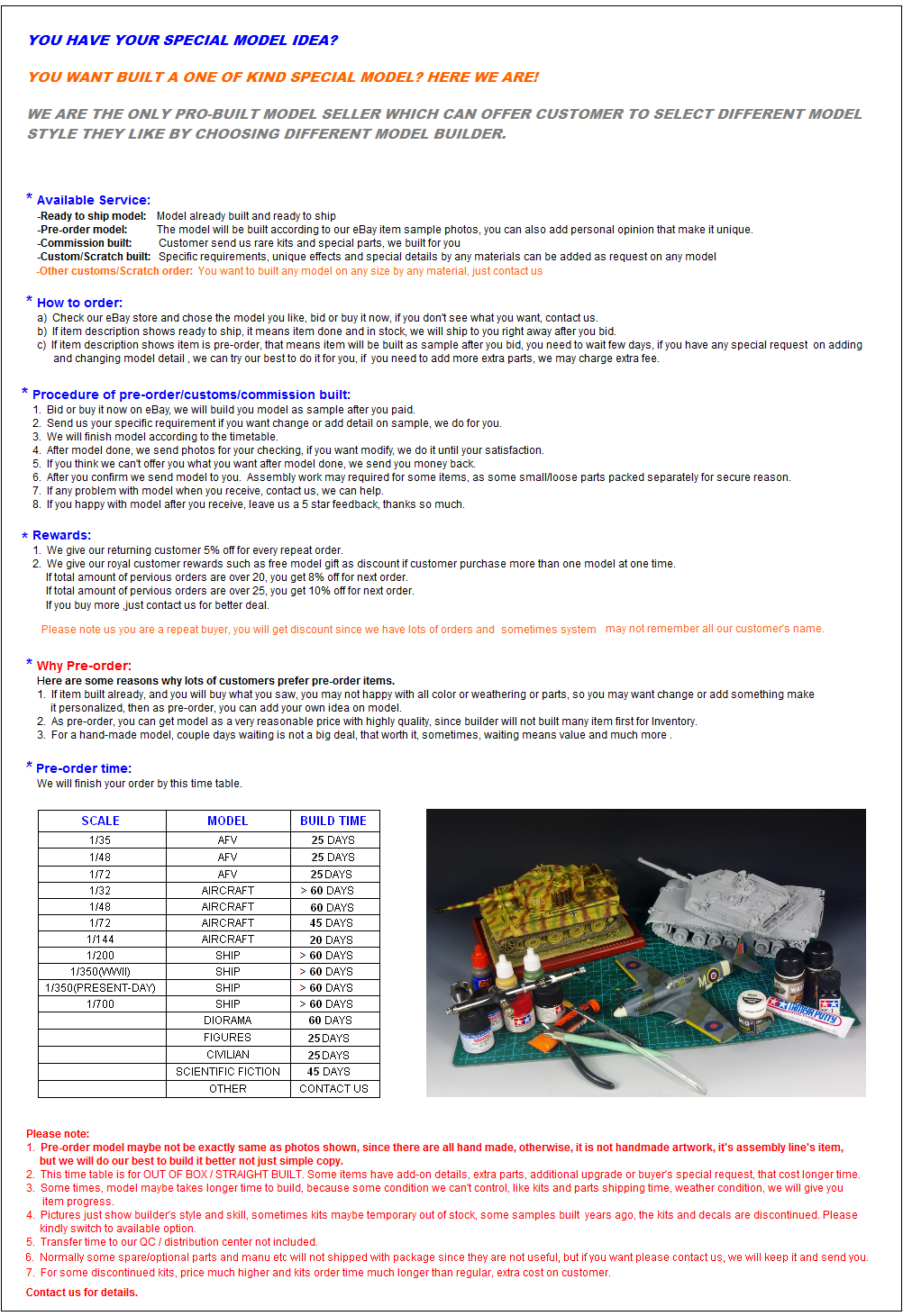 |
 |
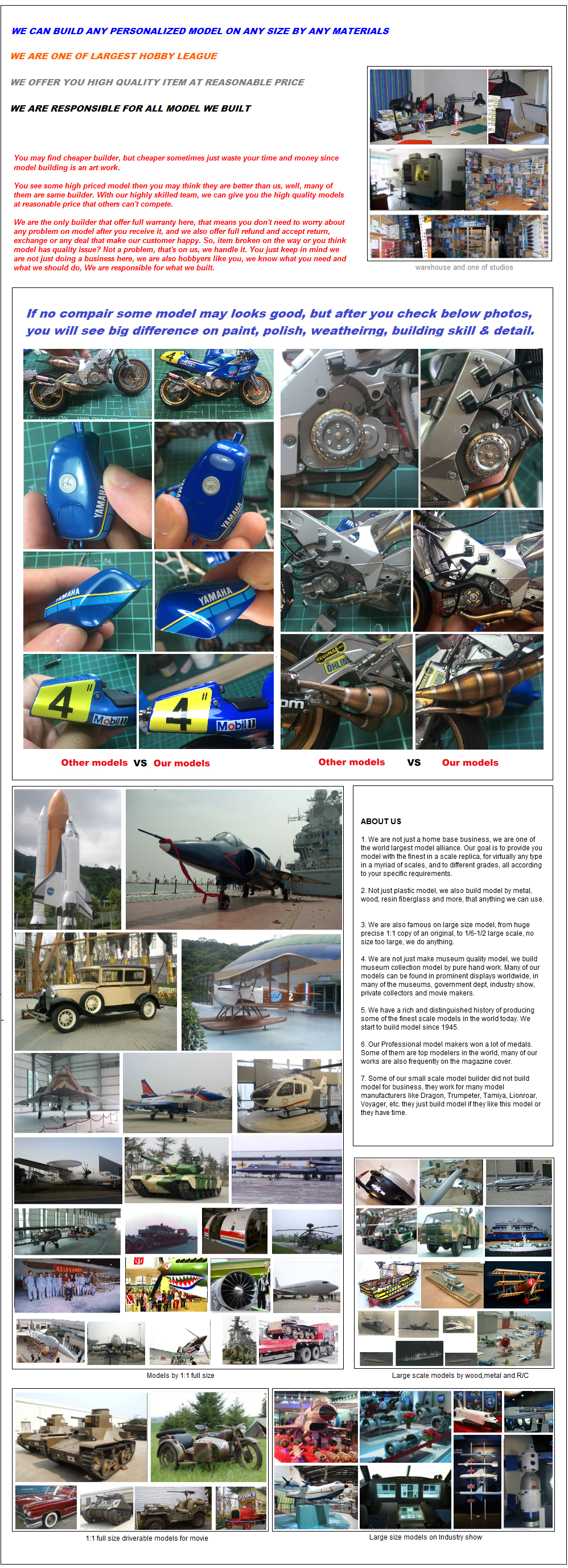 |
 |

|
 |
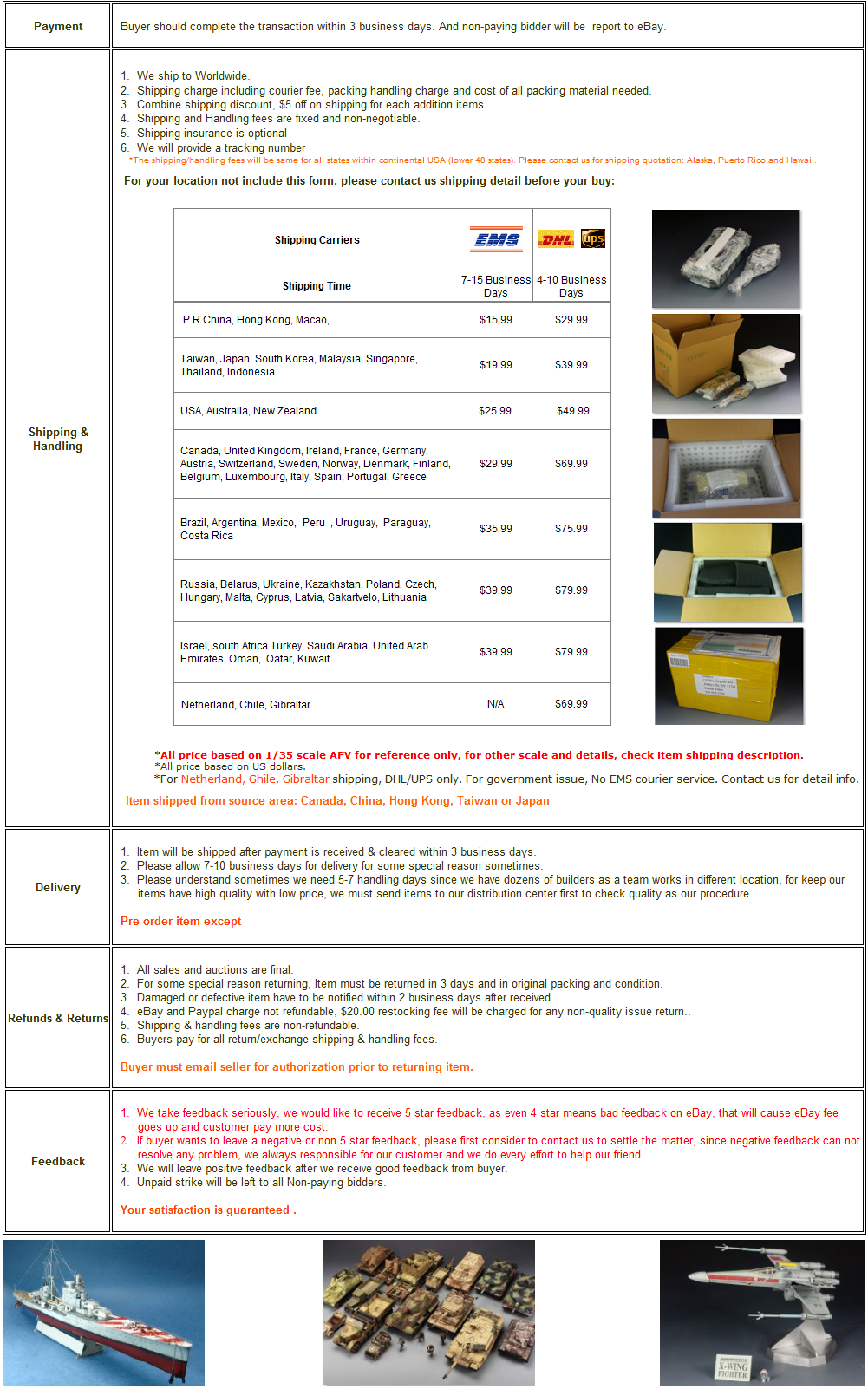
|
 |
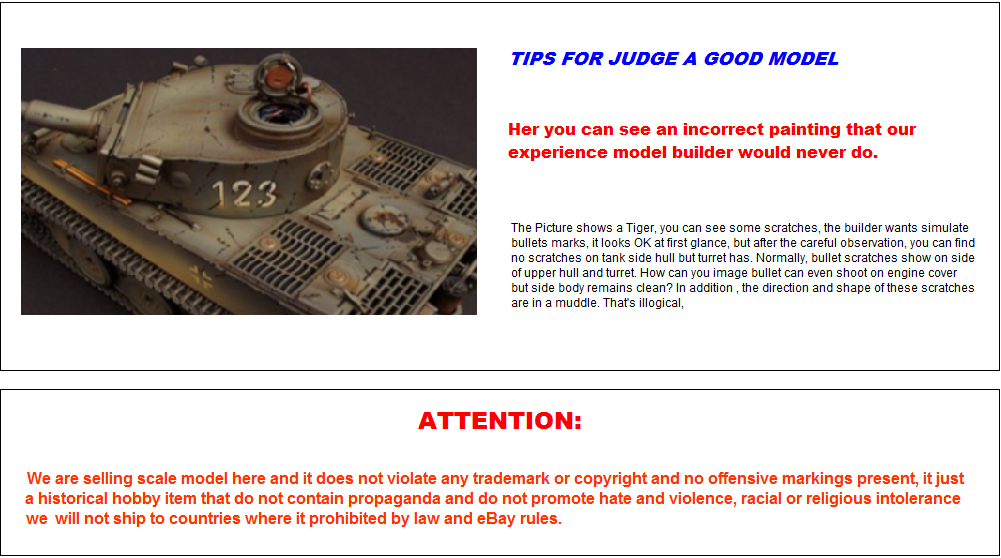
|
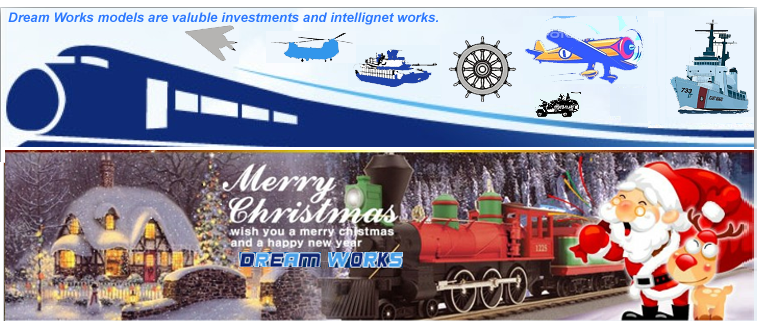 | |